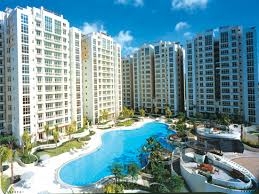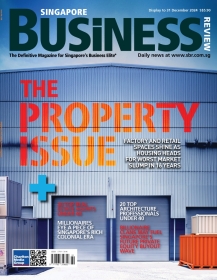
10 most profitable executive condos after privatization
6 of them have gains fetching over 100%.
Buying an executive condo and leaving it empty for the first 5 years seems an inferior investment compared to buying a private condo and renting out. Despite the higher condo price tag, net holding costs are lower due to rental income. However, a study by property consultancy firm OrangeTee proves that in the longer term, the EC would prove to be a better investment. OrangeTee's analyst Celine Chan explains that this is mainly due to the lower initial purchase price and the inflow of cash due to rental income (year 6 to year 10) as restrictions are lifted.
With current measures cooling the market, EC prices have come off their peaks. EC prices have started to move towards to $750 to $770 psf range. Previously only constrained by the Total Debt Servicing Ratio framework (TDSR), new ECs are now bound by a 30% MSR, which has tightened the current demand pool.
Developers have also moved to ensure that new units remain affordable. However, after the 5 year MOP is completed, resale ECs would not be placed under the 30% MSR restriction, and would only be bound under the TDSR framework. This would expand the potential demand pool, and should bode well for EC prices.
According to Celine, based on historical data, first-hand owners of currently privatised ECs are sitting on considerable gains. However, not all ECs are equal. Celine said that depending on the location, available surrounding supply and price, the rate of capital appreciation can differ drastically between projects.
As of February, there are 21 EC developments in Singapore that are over 10 years old and have been privatised. By matching caveats, OrangTee analysed their percentage profits, at the completion of their 5 year MOP and at privatization which is 10 years after completion.
The results show that not all ECs are ‘sure win’ investments at MOP. Out of 21 projects, 13 projects made a loss after MOP completion, and the remaining 8 projects managed gains of over 20%. Market timing was the main differentiating factor between the ‘losers’ and ‘winners’.
The 13 projects that sold at a loss at MOP, were launched during 1996 to 1999, just before the Asian Financial Crisis, when property prices were at their peaks. Projects which were launched during 2001 to 2005 - a period of sluggish growth, managed to achieve returns of at least 25% at MOP. These projects benefited from the subsequent upturn of the Singapore property market.
At privatization, all the EC projects were profitable but here are the developments which stood out:
























 Advertise
Advertise






